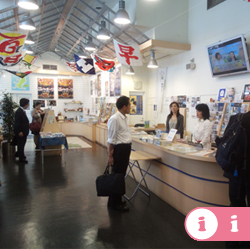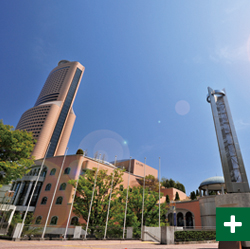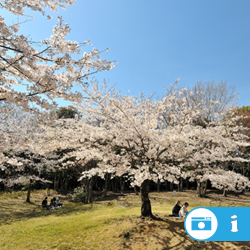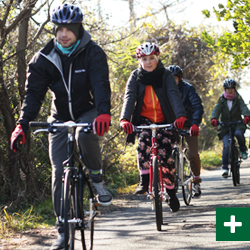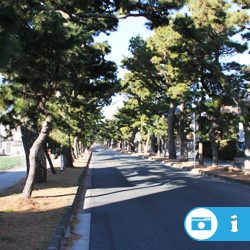Model Course 01 Hamamatsu Station Terminal - Bentenjima Terminal
- TOP
- Model Course
- Model Course 01
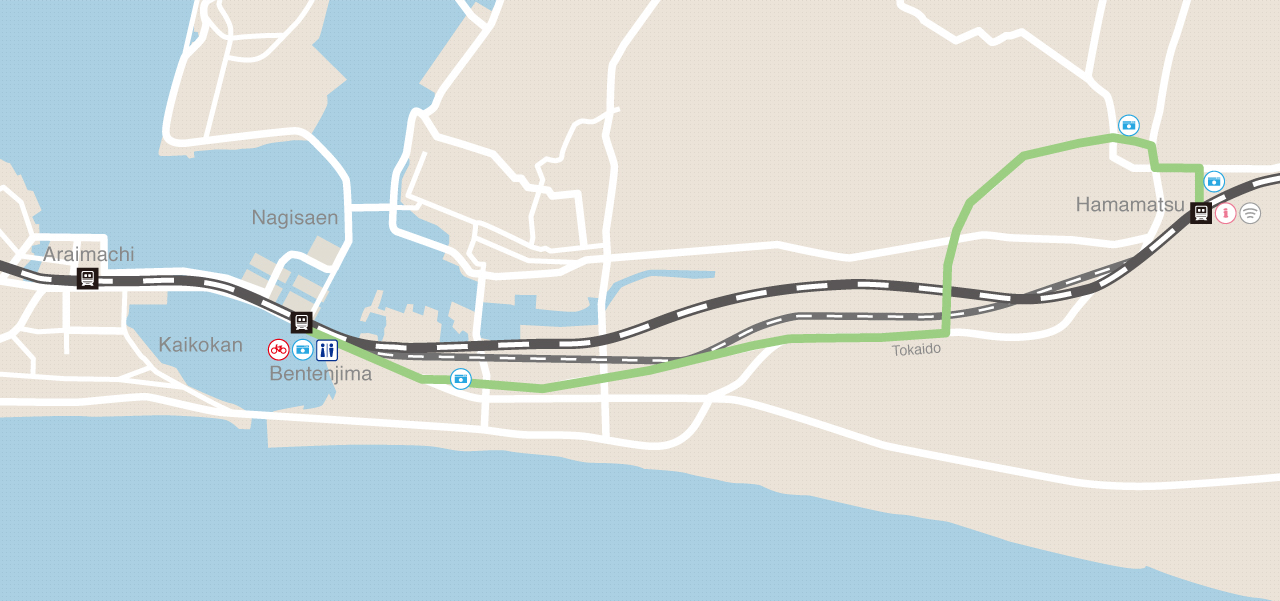
Hamamatsu Station Terminal - Bentenjima Terminal
- about 16km
- 1 hour 5 min
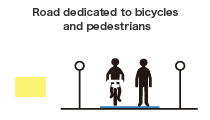
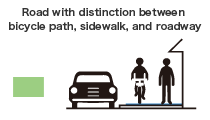
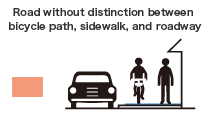
![]()
![]()
![]()
![]()
![]()
![]()
![]()
![]()
Hamamatsu Station
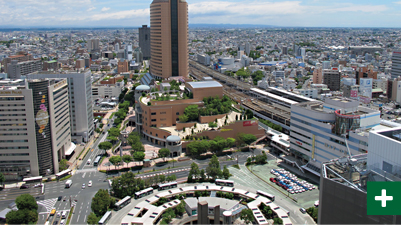 After you leave Hamamatsu Station, head for the nearby Hamamatsu Museum of Musical Instruments. A guidebook for overseas visitors is available at the Hamamatsu City Visitors Information Center located in Hamamatsu Station.
After you leave Hamamatsu Station, head for the nearby Hamamatsu Museum of Musical Instruments. A guidebook for overseas visitors is available at the Hamamatsu City Visitors Information Center located in Hamamatsu Station.
The neighborhood around Hamamatsu Station is an urban area with heavy vehicular traffic at all hours. It is also an area with many pedestrians. Please observe Japan's traffic rules and ride safely.
Museum of Musical Instruments
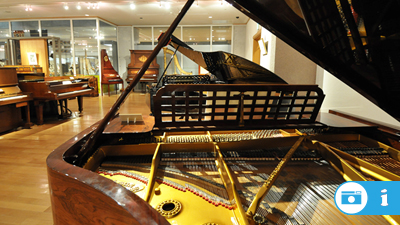 Hamamatsu is a production center for Yamaha and Kawai, two of the world's premier piano makers.
Hamamatsu is a production center for Yamaha and Kawai, two of the world's premier piano makers.
The Hamamatsu Museum of Musical Instruments is Japan's first public museum dedicated to musical instruments. There are other musical instrument museums in Europe and elsewhere, and they have displays that tend to focus on European instruments. However, this museum believes that instruments from Asia, Africa, and other regions have equal cultural value, and so it exhibits some 1,200 items from around the world, which are arranged by region and theme. Visitors can listen to the sounds the instruments make through headphones while watching videos about them.
The facilities of the nearby Act City Hamamatsu include a large hall. This is the venue of the Hamamatsu International Piano Competition, which brings together pianists from around the world every three years.
Hamamatsu Castle
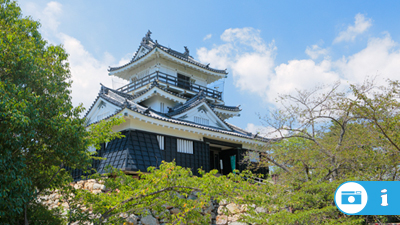 Hamamatsu Castle was built some 500 years ago. Because it was a residence of Tokugawa Ieyasu, the man who unified Japan at the end of its Warring States period , it is also famous under the name Shusse Castle. In Japanese, shusse is an auspicious word meaning "attaining high social standing." Because of this, shusse also appears in the name of Hamamatsu's mascot, Shusse Daimyo Ieyasu-kun. If you visit the castle, perhaps you, too, will "attain high social standing."
Hamamatsu Castle was built some 500 years ago. Because it was a residence of Tokugawa Ieyasu, the man who unified Japan at the end of its Warring States period , it is also famous under the name Shusse Castle. In Japanese, shusse is an auspicious word meaning "attaining high social standing." Because of this, shusse also appears in the name of Hamamatsu's mascot, Shusse Daimyo Ieyasu-kun. If you visit the castle, perhaps you, too, will "attain high social standing."
There is a public park next to Hamamatsu Castle. Hamamatsu Castle Park is famous as a place for viewing cherry blossoms, and it is visited by many sightseers when the trees are in bloom.
Bentenjima Terminal
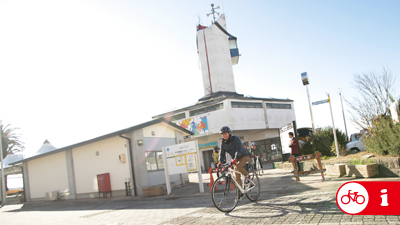 Although there are several routes available from Hamamatsu Castle to the Bentenjima Terminal, the best one is probably a road that was once called the Tokaido. Along this road there is a section called the Tokaido Matsunamiki (Pine-Tree Rows of the Tokaido), where rows of pine trees line both sides of the route. In 1712, 1,420 pine trees were planted along the sides of this road. In those days, the pines provided places to rest for travelers. Today, rows of 390 pines, both large and small, are planted along a length of some 700 meters, giving us a glimpse of the road's appearance long ago.
Although there are several routes available from Hamamatsu Castle to the Bentenjima Terminal, the best one is probably a road that was once called the Tokaido. Along this road there is a section called the Tokaido Matsunamiki (Pine-Tree Rows of the Tokaido), where rows of pine trees line both sides of the route. In 1712, 1,420 pine trees were planted along the sides of this road. In those days, the pines provided places to rest for travelers. Today, rows of 390 pines, both large and small, are planted along a length of some 700 meters, giving us a glimpse of the road's appearance long ago.
Bentenjima Terminal is the only Aid Station near Lake Hamana that has foreign-language signs. From here, you can take a train back to Hamamatsu Station.
